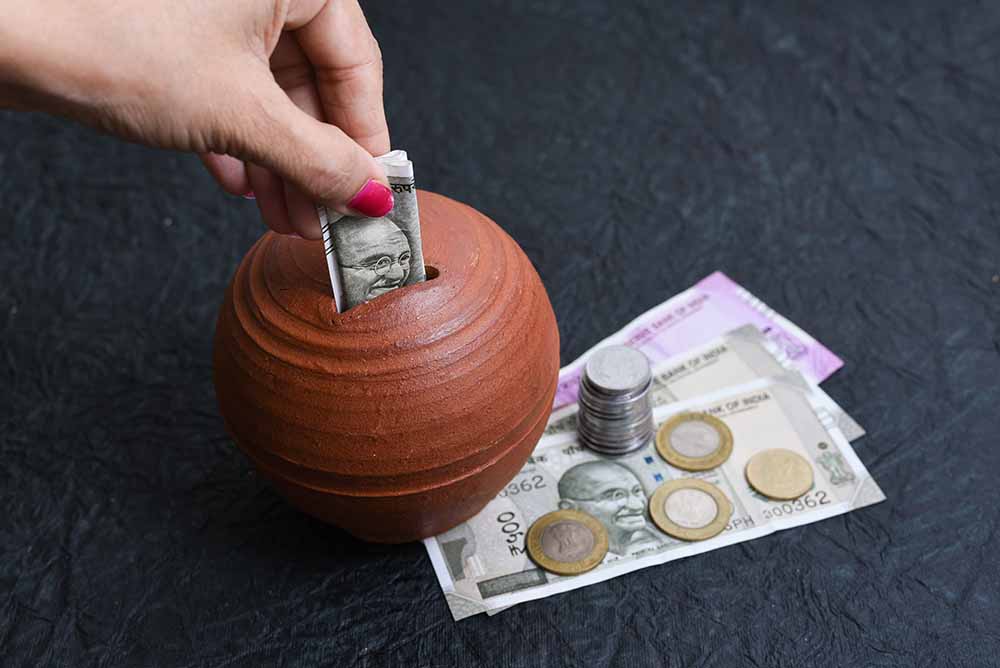Anjali, a social media manager, was unaware of the benefits of gratuity until she spoke with her company’s Human Resources department. When she decided to take a break after seven years to care for her newborn, she was pleasantly surprised to receive a substantial gratuity amount. This financial support helped her manage expenses during her career break.
If you’re a first-time employee who’s still learning the ropes, gratuity is a financial term that might sound a bit intimidating to navigate, but it’s actually quite simple once you get the hang of it. For working women, understanding how gratuity works can be crucial in planning ahead for a secure financial future.
According to Chartered Accountant Abhay Asknani, ‘Gratuity is a crucial component of your retirement planning. It’s important to keep track of your service period and ensure that your employer is adhering to the gratuity regulations. Moreover, everyone should discuss gratuity as part of their employment negotiations and be aware of its tax implications.’

Let’s break it down into easy-to-understand bits.
What Is Gratuity?
Gratuity is a lump sum payment that employers offer their employees as a token of appreciation for their service. In India, it’s governed by the Payment of Gratuity Act, 1972. The basic idea is to provide financial support to employees who leave their jobs after serving for a significant period.
Who Is Eligible?
You are eligible for gratuity if you have worked continuously for at least five years with the same employer. However, this rule is relaxed if you leave due to health reasons, death, or disability.
How Is Gratuity Calculated?
The formula for calculating gratuity is straightforward:
Gratuity = Last Drawn Salary × Years of Service × 15/26
Here, the last drawn salary includes basic pay and dearness allowance, and 15/26 represents 15 days of salary for each year of service.

Let’s say Priya has been working with XYZ Corporation for 10 years, and her last drawn salary (basic pay + dearness allowance) is ₹40,000 per month.
Using the formula:
Gratuity=₹40,000×10×15/26 = ₹2,30,769
So, Priya will receive ₹2,30,769 as gratuity when she leaves XYZ Corporation after 10 years of service.
Why Is Gratuity Important?
Gratuity serves as a financial cushion during job transitions or retirement. For women who might take career breaks or switch jobs due to various reasons such as marriage, child care, or relocation, understanding and planning with gratuity in mind can provide significant financial security.

Common Questions About Gratuity
1. Is gratuity taxable? For government employees, gratuity is fully exempt from taxes. For others, it is exempt up to ₹20 lakhs in a lifetime. Any amount above this is taxable as per your income tax slab.
2. Can gratuity be withheld? Yes, an employer can withhold gratuity if an employee is terminated for reasons involving misconduct.
Tips For Women To Maximise Gratuity Benefits
1. Negotiate Salary Components: Ensure your salary includes a significant portion of basic pay and dearness allowance, as gratuity is calculated based on these components.
2. Stay Informed: Regularly check with your HR about your gratuity status and ensure all records are up to date.
3. Plan Career Breaks: If possible, plan your career breaks around your gratuity eligibility to maximise benefits.

Gratuity is more than just a financial term; it’s a benefit that results from your hard work and loyalty. For working women in India, being informed about gratuity can help in making better career and financial decisions. Always keep track of your tenure, understand your rights, and don't hesitate to seek expert advice when needed. After all, every bit of financial planning adds up to create a secure and comfortable future.